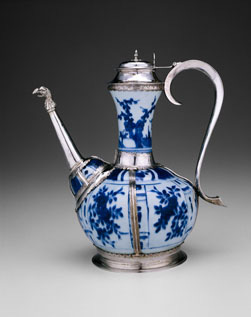Produced near the turn of the sixteenth century, this blue-and-white ewer (wine-server) provides a good example of adaptation practives. The porcelain bottle was manufactured in China, probably for export to the Middle East. However, is soon made its way to England, where it was given silver mounts, including a handle, a lid, a foot, and a bird-headed spout, and was thereby transformed into a European-style wine-server. It thus serves as a particularly good example of cross-cultural conversion in function as well as appearance.
...around 3000 BCE
Silk is first produced in China.
323 BCE
Alexander the Great's Empire, which extends from Greece in the west to Egypt in the south, reaches northern India and the Ferghana Valley on the edge of modern-day China.


around 200 BCE
Chinese immigrants brought the secret of silk production to Korea, the first time that the closely guarded secret spreads outside of China. Over centuries, the secret will spread to India, Central Asia, and the Middle East before reaching Europe.
First century BCE
Silk reaches Rome for the first time.
138–116 BCE
Chinese general Zhang Qian goes on two important missions to Central Asia. His reports on trade routes and the products in the region encouraged the Han Dynasty to start trading with Central Asia, effectively opening the Silk Road.

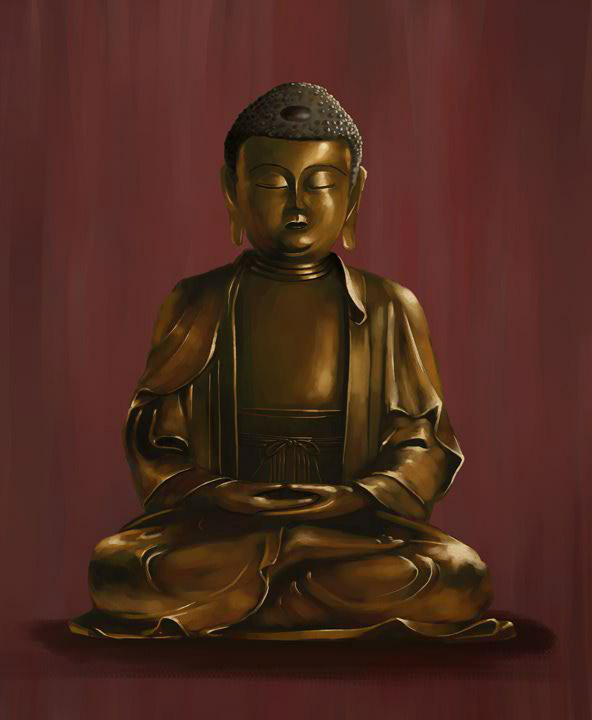
629–643 CE
Chinese Buddhist monk Xuan Zang travels to India, where he spends years studying the original Buddhist scriptures.
He later returns to China and introduces new schools of Buddhist thought.
600s CE
Islam spreads from the Arabian Peninsula to Central Asia.
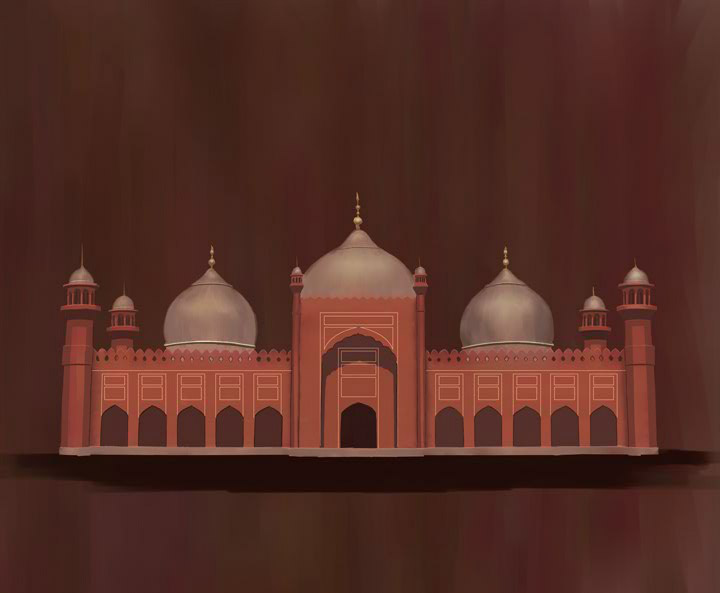
1206 CE
Genghis Khan unites the Mongols and begins the rapid expansion of the Mongol Empire.
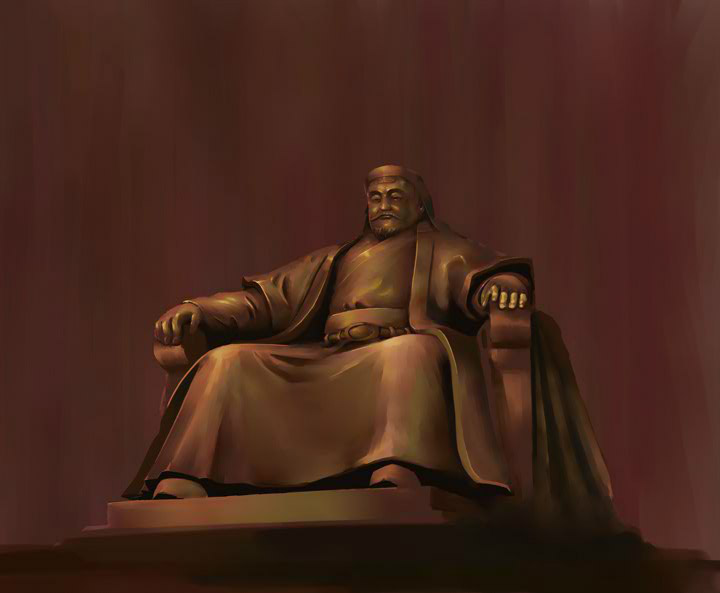
1271–1297 CE
Marco Polo travels to China, where he stays for 17 years as a guest of Mongol Emperor Khubilai Khan. His descriptions of China fascinate Europeans and stimulate interest in China and Chinese goods.
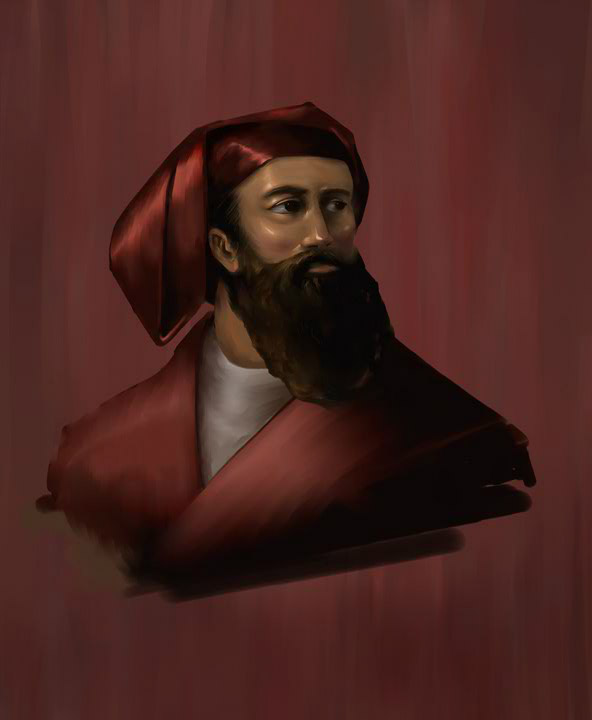
1279 CE
Khubilai Khan defeats southern China, establishing the Yuan Dynasty and marking the greatest extent of the Mongol Empire.
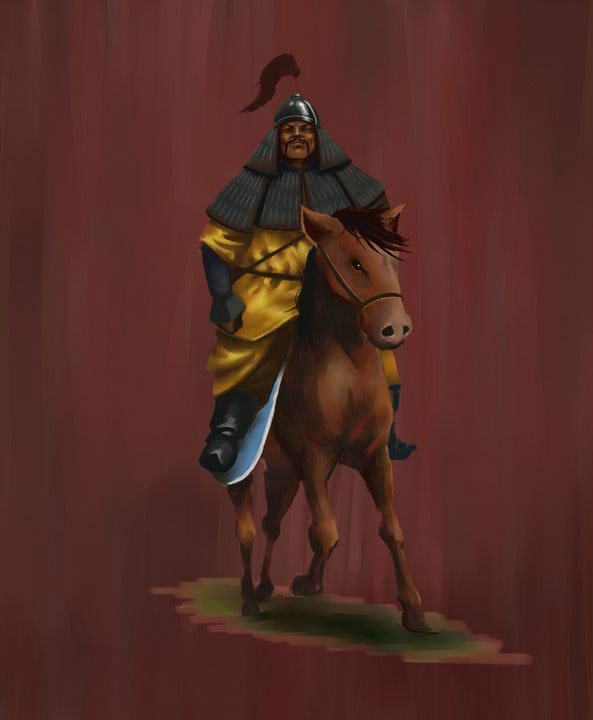
Mid-1300s CE
The Black Death plague devastates Europe. Most experts believe that the disease reached Europe from Central Asia via the Silk Road.
1400s CE
The Ming Dynasty stops trading silk outside its borders. The Silk Road no longer serves as a shipping route for silk, which is now cultivated in Central Asia and Europe.
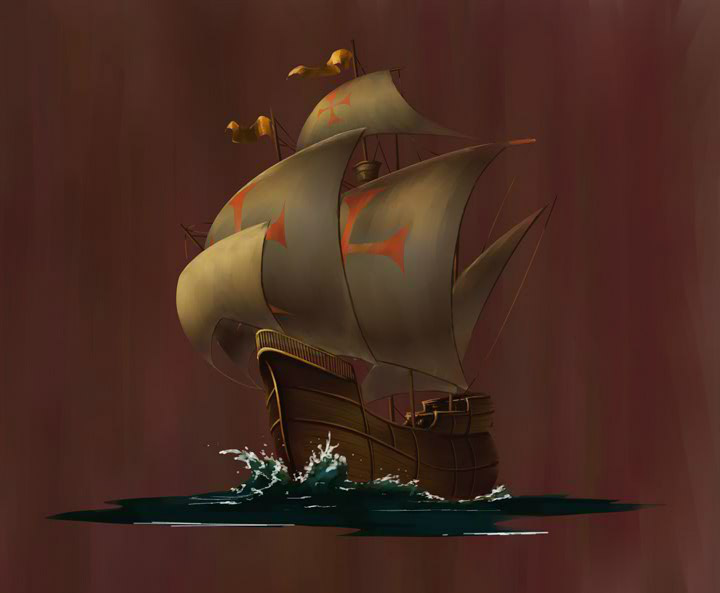
1497–1499 CE
Portuguese sailor Vasco da Gama discovers the sea route from Europe to Calcutta in India via the Cape of Good Hope in Africa. This route becomes the preferred conduit for trade between Europe and Asia.
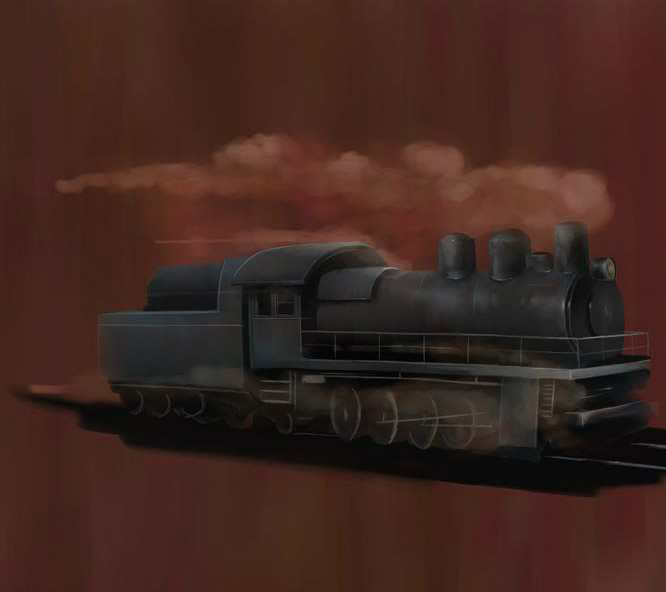
1905 CE
The Trans-Siberian Railroad begins operation, linking Moscow to the Pacific Ocean. This becomes the main transportation route across Eurasia, and long-distance trade along the ancient Silk Road comes to an end.
1992 CE
A rail link between Almaty, Kazakhstan, and Urumqi, China opens, making nonstop rail travel along the Silk Road route possible for the first time.
